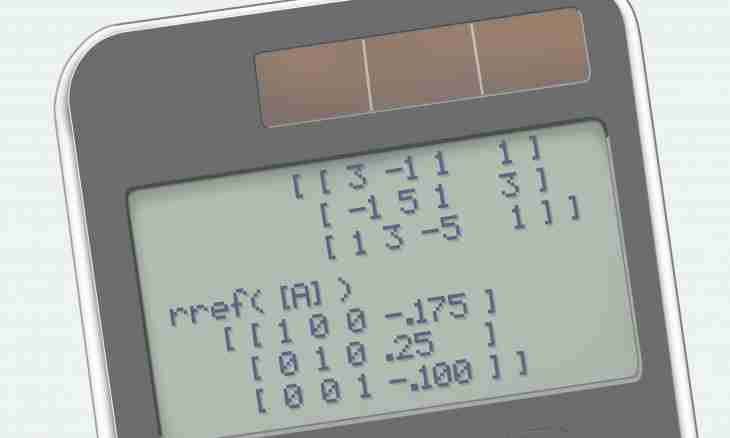Rational inequalities are such inequalities, the left and right parts of which are the sums of the relations of polynomials. A little in more detail how to solve them.
Instruction
1. Transfer everything to the left part of inequality. In the right part there has to be zero.
2. Reduce everything members of the left part of inequality to a common denominator.
3. Spread out numerator and a denominator to the simplest multipliers. Polynomial of the first degree: ax+b, a? 0. Put the number standing at outside brackets ""x"". Polynomial of the second degree (square trinomial): ax*x+bx+c, a? 0. If x1 and x2 - roots, then ax*x+bx+c=a (x-x1) (x-x2). For example, x*x-5x+6=(x-2) (x-3). Polynomial of the third degree and higher degrees: ax^n+bx^(n-1)+...+cx+d. Find polynomial roots. For search of roots of a polynomial use the theorem to Baz and its investigations. Factorize a polynomial similar to a polynomial of the second degree.
4. Solve the received inequality by method of intervals. Be attentive: the denominator cannot address in zero.
5. Take some number from the found interval and check whether it satisfies to initial inequality.
6. Write down the answer.

